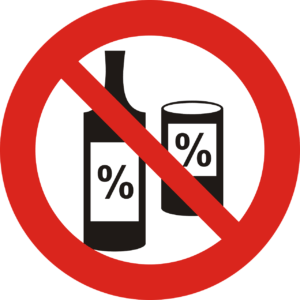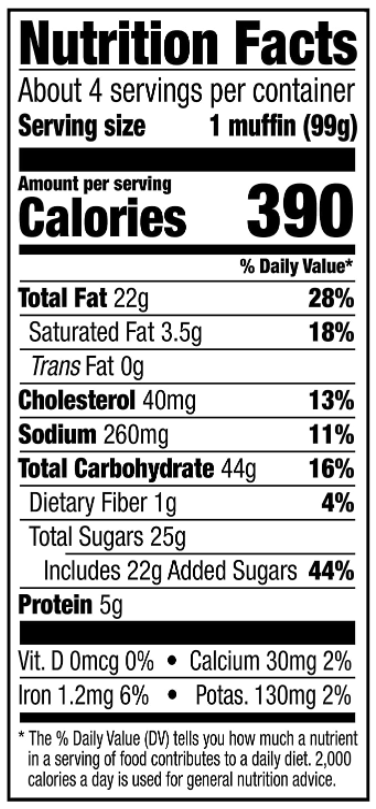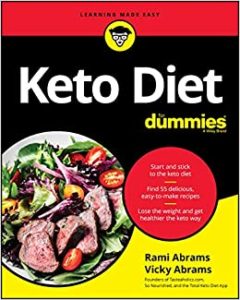 The ketogenic diet is a challenging diet because of its restrictive nature. And even the most devoted ketoer has a hard time saying “no” to all align: right; the goodness of summertime food, like BBQs or fish fries at the beach. Here we’re going to give you the top 3 ways to maintain your keto diet during summer vacation. Our tips will limit what summertime fun can do to your waistline and your keto diet.
The ketogenic diet is a challenging diet because of its restrictive nature. And even the most devoted ketoer has a hard time saying “no” to all align: right; the goodness of summertime food, like BBQs or fish fries at the beach. Here we’re going to give you the top 3 ways to maintain your keto diet during summer vacation. Our tips will limit what summertime fun can do to your waistline and your keto diet.
With our top 3 ways to maintain your keto diet during summer vacation, you will be able to enjoy yourself during the summer without sacrificing your success with the keto diet.
Are you interested in trying the keto diet but you’re not sure what to do? Get a custom keto meal plan based on your unique requirements here.
1 – Alternatives to alcohol
For some people, the hard part about staying on their keto diet isn’t watching what they eat, but rather what they drink.
A lot of cocktails and pre-mixed alcoholic drinks are full of sugar. Because they are full of sugar, they’re also loaded with carbohydrates. And all those carbs take them off the keto dieter’s menu.
Beer can also be very high in carbohydrates. A rule of thumb is, “the darker the beer, the greater the carb count”. Luckily, there are options for ketoers who want to enjoy an adult beverage.
The ketoer who prefers beer can find low-carb options distributed by many of the big names in brewing alongside their traditional beers.
Make sure the number of beers you drink fits into your daily keto targets. Because drinking too many will put you over your carb and calorie limits.
An alternative is to drink your favorite liquor mixed with flavored water or diet soda because a lot of liquors are carb-free, though not always low in calories.
So check the carb count of your favorite hard alcohol and mix it with the sugar-free drinks you like best for a tasty cocktail that fits your diet plan.
Related reading: “Does Keto And Alcohol Mix?“
2 – Get outdoors and move
 It seems obvious that working out and exercising while vacationing is a good way to stay on track with your keto diet. However, a lot of people just want to relax on their vacation, and that means lounging around, watching your screens, and snacking because of boredom.
It seems obvious that working out and exercising while vacationing is a good way to stay on track with your keto diet. However, a lot of people just want to relax on their vacation, and that means lounging around, watching your screens, and snacking because of boredom.
Instead of binge-watching your favorite Prime Video programs, go on some outings instead. Depending on where you are you may be able to take a long daily walk, hike some local trails, or literally fly a kite at the beach!
Families with children might like going to a water park or public pool. Because that will let everybody get some healthy and fun exercise as well as cooling off from the summer heat.
Choose destinations that have options for exercising when you’re planning your vacation, versus locations where vacationers typically spend their time sitting on a beach or otherwise not being active.
A lot of vacation destinations have activities requiring some level of exercise like a city walking tour.
Related reading: “25 Bucket List Worthy Walking Tours Around The Globe“
Take the time to schedule your vacation in a beautiful place. A place where eating isn’t the vacation’s focus.
Exercising and healthy eating are key to being successful on your keto diet plan. So don’t let vacationing be an excuse to fall off your diet. Keep moving!
3 – Take your food with you
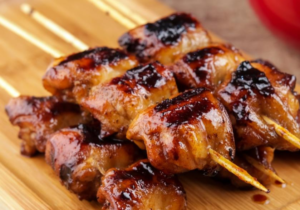 An excellent way to stay on track with your keto diet when you travel locally, or are heading out for a BBQ, or any other summertime event is to take the food you’re going to eat with you.
An excellent way to stay on track with your keto diet when you travel locally, or are heading out for a BBQ, or any other summertime event is to take the food you’re going to eat with you.
A lot of BBQs will provide keto-friendly meat options but the sides will likely be full of carbs. We’re thinking of macaroni and potato salads, chips, sweet fruit, and bread. The temptation to fall out of ketosis is everywhere at a BBQ.
Rather than suffering all those temptations, pack your own keto-friendly side dishes and desserts.
Related reading: “Keto Desset Recipes“
When delicious keto-friendly food choices are available, it’s much easier to make the right choices.
Be sure to keep yourself on your keto diet by insuring you come prepared to eat well instead of falling back into your old carb-loaded eating habits
Although some dieters will fail during their summer vacation, our top 3 ways to maintain your keto diet during summer vacation will keep you on the path to success. So with a little planning and creativity, there’s no reason the keto diet won’t so long as you’re thinking about the long-term.
Successful dieting is seldom quick and usually comes from making good decisions about exercise and food. So keep making those good decisions and stay on your keto diet plan.
Are you interested in trying the keto diet but you’re not sure what to do? Get an 8-week “Custom Keto Diet Plan” created for you based on your height, weight, age, level of physical activity, and personal weight goals. Click the banner to learn more about your customized keto diet plan, or click here to go straight to your custom keto diet meal planner.
|
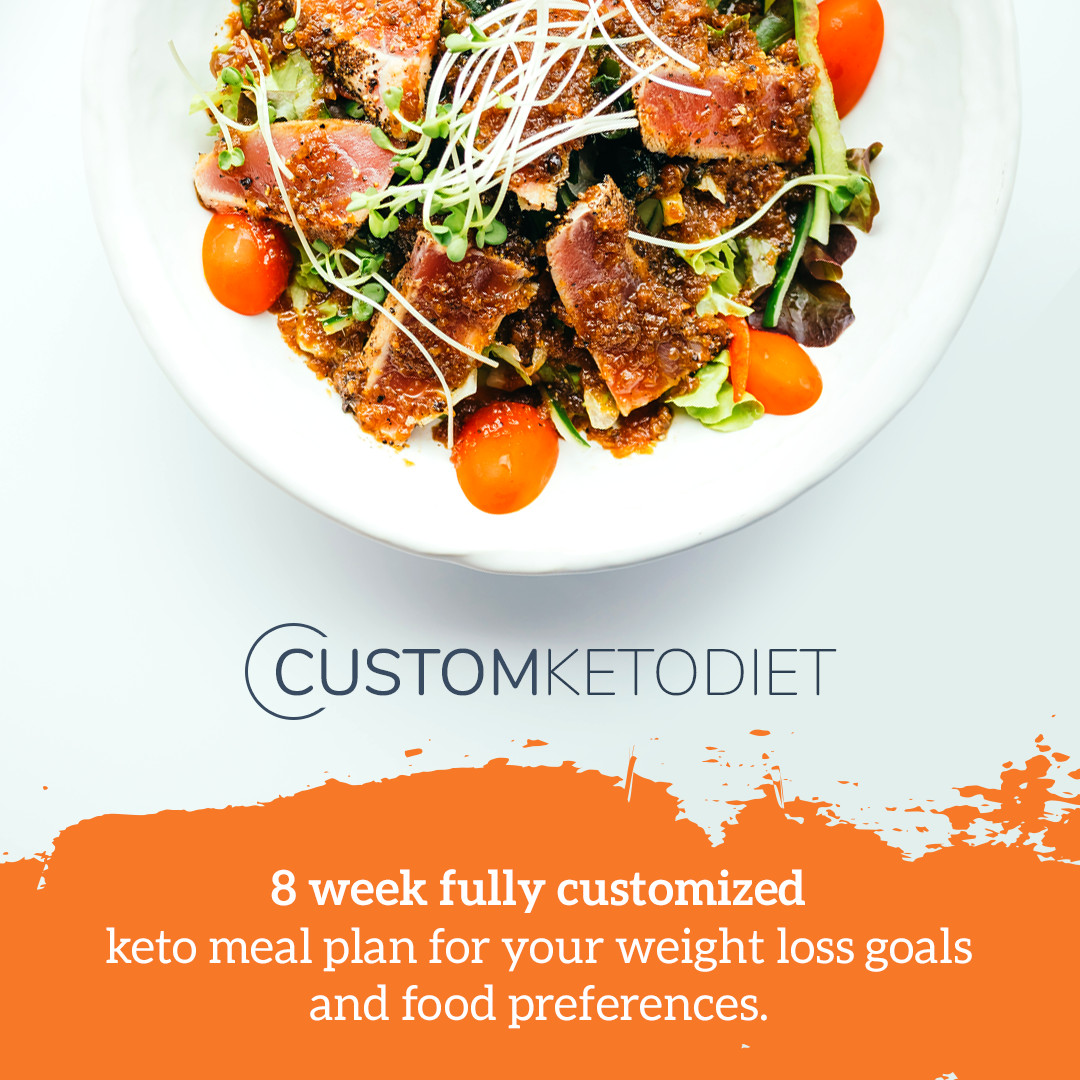 |

